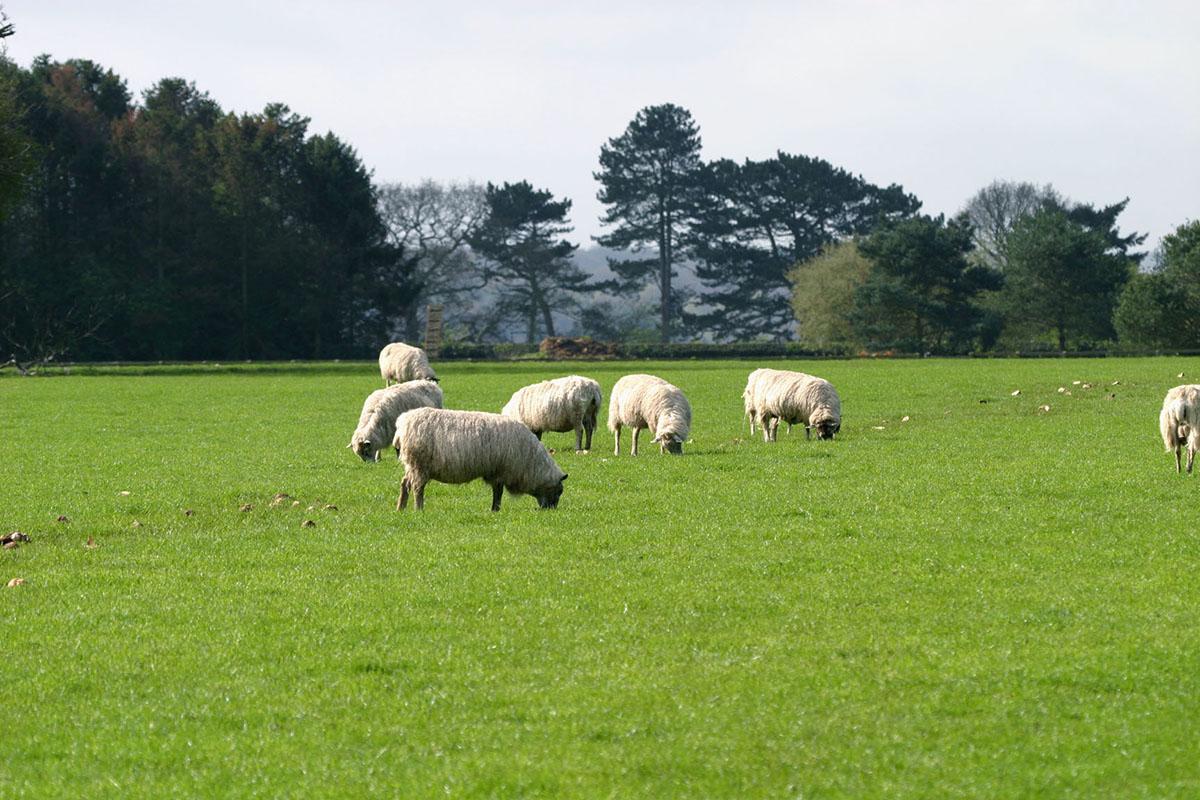Foot-and-mouth disease (FMD) is a highly contagious viral disease affecting cloven-hooved mammals.
The virus is spread through direct contact with infected animals and indirect contact with contaminated objects (fomites) such as vehicles, clothing, footwear, and bedding. The virus can also spread through contaminated feed or milk and via respiratory aerosols, traveling significant distances, even over water.
This project aims to enhance the control and surveillance of foot-and-mouth disease (FMD) by improving biosecurity measures and understanding how the virus spreads through the environment and air.
Aims and objectives
The project aims to:
- Assess the effectiveness of biosecurity measures at reducing transmission via fomites.
- Understand virus emissions and survival in aerosols, allowing us to better predict airborne spread and the risk of transmission by this route. This will improve existing outbreak management tools that assess the risk of airborne spread between farms and prioritise farms for surveillance.
- Develop herd-level surveillance methods that allow early detection of FMDV-infected farms in the UK. This will allow earlier interruption of the transmission cycle resulting in smaller, shorter outbreaks and with fewer animals being culled, thereby reducing the cost of an epidemic. In addition, the methods will limit the requirement for pre-emptive slaughter of animals on these farms that are not infected with FMDV.
Outputs and impact
The key impacts of the proposed research will be:
- Understanding the extent to which FMDV can be transferred on fomites and the effectiveness of biosecurity measures in reducing fomite transmission. This will improve risk management associated with FMDV outbreaks, specifically relating to how biosecurity interventions are deployed.
- Improving our understanding of how FMDV behaves and can be transmitted in aerosols using new methods for aerosol collection. Considering aerosol transmission of FMDV from multiple aspects will enhance modelling approaches and outbreak management tools.
Use of modelling to determine the effectiveness of herd-level surveillance strategies. A model for milk based surveillance will be developed to assess the probability of detecting FMDV in milk at various stages of an outbreak. - Modelling of airborne spread will use current knowledge and data to update our understanding of the uncertainties and potential risk associated with airborne transmission of FMDV. The Met Office’s airborne dispersion model (NAME) will be adapted to integrate experimental results from this project.
The insights gained will also be applicable to other animal diseases, contributing to broader animal health management.



